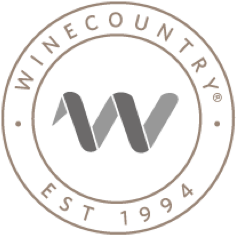While Napa Valley and Sonoma County (or really any wine region in California) should be high on your list of places to travel to in 2020, we also fully support venturing outside of our state every now and again. However, we realize the world of wine is a vast one, which makes choosing from the long list of destination-worthy global wine regions a rather difficult thing to do.
Luckily, we’ve narrowed it down to the top nine wine regions to visit in 2020. Whether you’re an oenophile hoping to go off-the-beaten-path or an enthusiast looking to experience a familiar region you may have only explored via a bottle at home, let our guide be an inspiration to #travelmore this New Year.



















